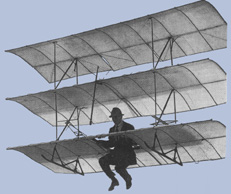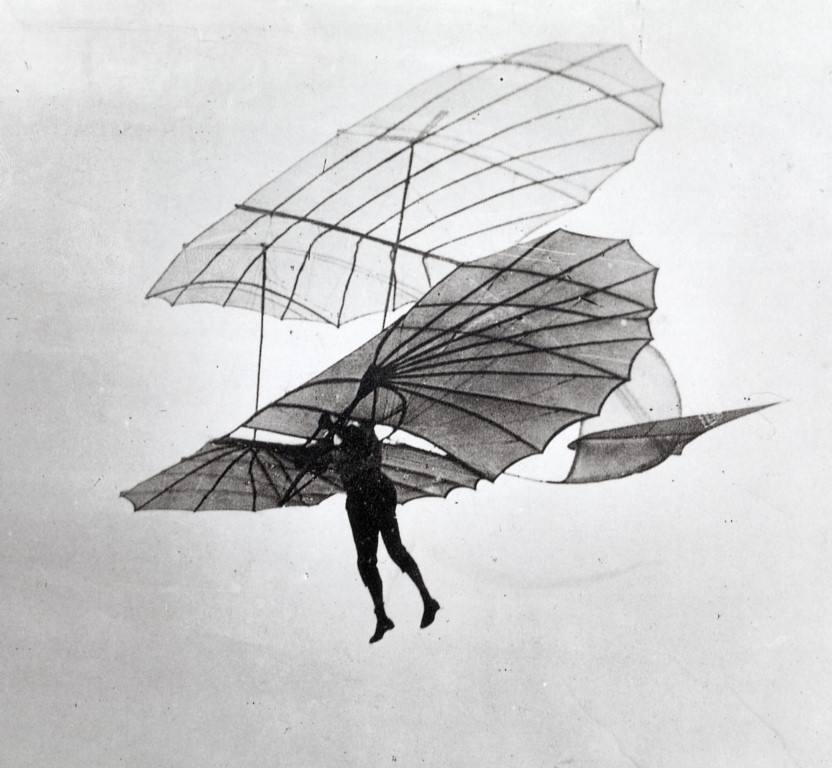What does it take to have an entity be within the set "Hang Gliders"?
If an org aims to focus on say just hang gliders that feature three substantial wings integrated in an airframe, then that could be a perfectly fine hang glider org with that specialized interest. Or perhaps an org just wants to focus on replicas of the 19 hang glider designs that the brothers Lilienthal made; that org might be a HGA in great standing and joy! Or perhaps an org wants to invest all its energies and investment on some other subset of the superset Hang Gliders. No problem; the org may be as focused as it wishes. Many varieties of HG orgs may be conceived. Several robust corporations and aviation authors have easily included paragliders as a subset of a superset of "hang gliders." FAI had "Class 3" in the hang glider category as paragliders; an evolution occurred to move the FAI into two commissions, one with focus on non-paraglider hang gliders and one on paraglider hang gliders. We have extant around the world many free-flight orgs that use the phrase "Hang gliding and Paragliding" as their focus; many of those orgs may not have full clarity about how they place in sets various craft; they just flow into the double attention of two large subsets of hang gliders, one being of a sort and the other being cousins to fabric parachutes without much rigid frame, if any. One need not construct non-traditional aviation definitions to get a special interest in focus; rather, respecting traditional aircraft mechanics, one may just clarify the type of craft one wants in focus for some purpose, say the fulfillment of a mission of a particular org. The renaissance in hang gliding in the 1960s onward saw a major set of hang gliding orgs take on more and more of the type of glider that lives and dies with the PDMC; factional cultures changed and fuzzy appreciation and participation grew; some confusion has been occurring. Tastes and choices change.
Someone entering hang gliding or "HG & PG" realm may carry a slant that has them easily see a wing and call it a hang glider; and another wing as a paraglider; the person might not even stop to wonder if a paraglider is or is not a special type of hang glider. Parachutes over the centuries moved from extremely low control to highly governable gliding parachutes; and later into an option of soarable high-aspect ratio governable parachutes (or for some people: canopy hang gliders). No problem, except the PDMC; and maybe cultural and focus challenges. Live and let live? No problem. Yet, when forming an org, mission and focus become questions; stability of focus over the life of the org becomes a question. For U. S. Hawks, what will be the focus? All hang gliders? A subset of hang gliders? Decision might need us to know what is a hang glider or what are the types of hang gliders. And then what types does one want to have as focus in an org being built?
Triplane hang glider has three wings. : )
 Whitehead's.
Whitehead's.Or Hans Richter

An org could decide to deal just with such triplane (three integrated wings) hang gliders.
 Home
Home


